Green Architecture: The Carbon-Neutral Buildings Leading the Way
Net-zero carbon is more than a buzz phrase—as these eco-friendly examples show, it’s the new mantra for trailblazing architects, developers, and homeowners
Net-zero carbon is more than a buzz phrase—as these eco-friendly examples show, it’s the new mantra for trailblazing architects, developers, and homeowners
The construction industry accounts for around 40 percent of the world’s energy use and greenhouse gas emissions. However—thanks to new legislation in cities such as New York, Portland, Toronto, and London—the race is on to ensure green architecture becomes the gold standard. The aim: for all new buildings to be carbon-neutral by 2030 and to bring existing ones up to the same standard by 2050.
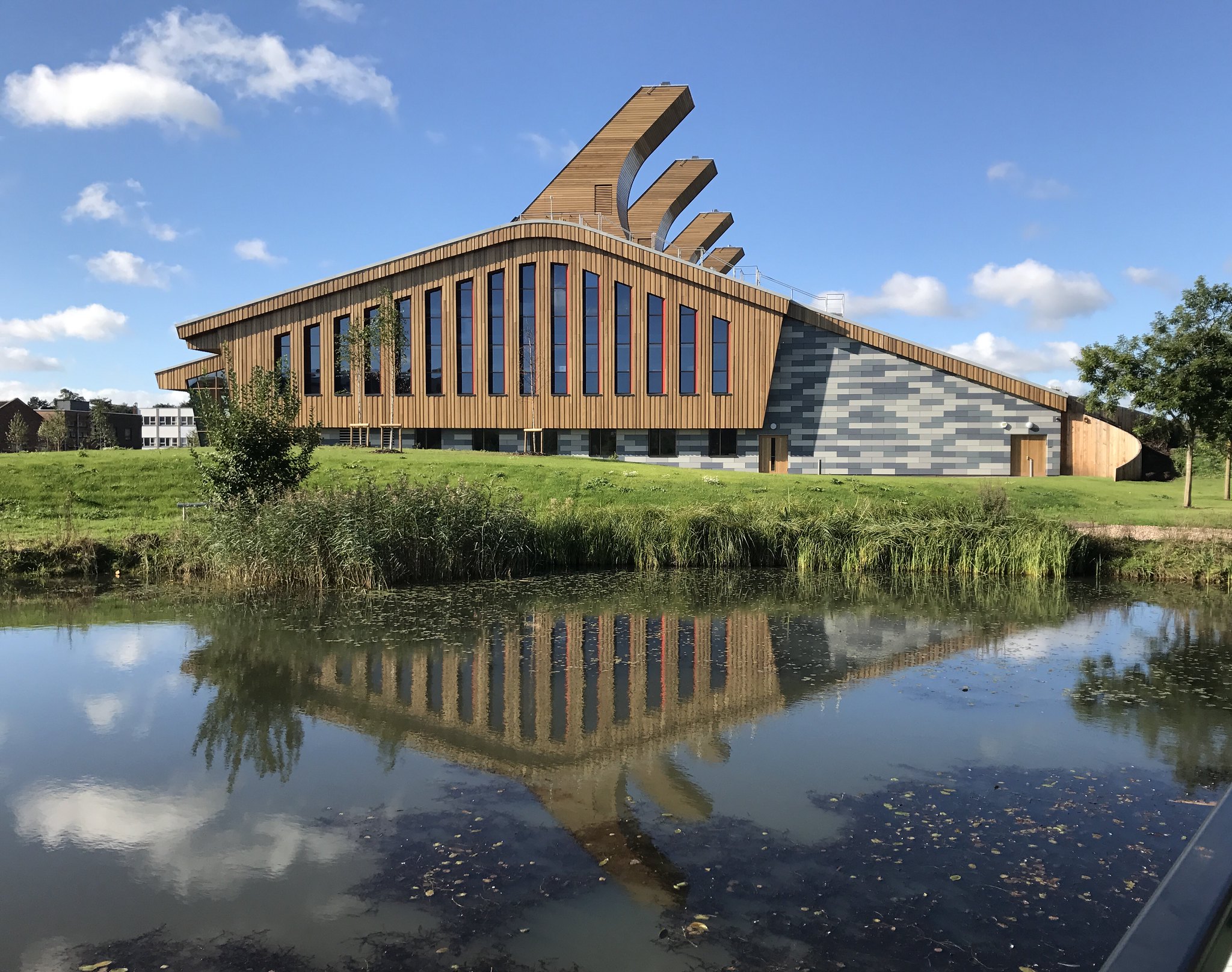
The good news is that building sustainably from scratch does not necessarily involve extra cost. “This is a common myth,” says Avideh Haghighi, sustainability specialist at ZGF, an award-winning architecture and design firm with offices across the United States and Canada.
“In the long term, sustainable buildings can actually cost far less, the trick is to find an architect and builder who really know how to create them,” she explains. “Any number of practitioners are adept at ‘green-washing’ a building by adding gadgets, when in fact it’s still an energy—and financial—drain.”
It feels good to know you’re helping the environment, as well as saving serious money—Candace Dyal.
While it doesn’t necessarily signify a total net-zero carbon footprint, the most widely recognized accreditation for sustainable building in the U.S. is LEED certification. ZGF’s Rocky Mountain Institute Innovation Center in Colorado is certified as both LEED Platinum and NZE (net-zero energy). Designed to last 100 years, the Innovation Center blends beautifully with the landscape and boasts a super-insulated building envelope that’s optimized to encourage passive heating and cooling.
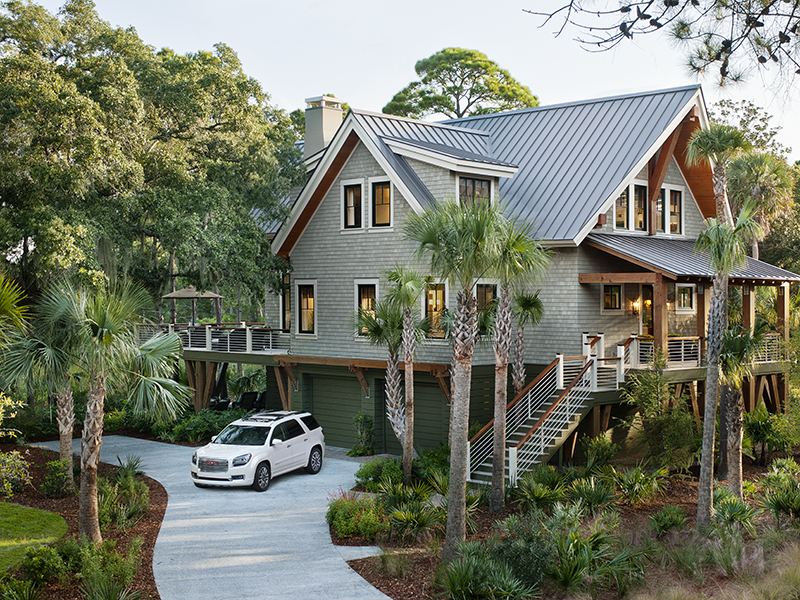
New York and South Carolina-based developer Dyal Compass has recently completed 16 LEED-certified homes within Indigo Park, a luxury estate on Kiawah Island, South Carolina. Using green technology and sustainable building practices, each home is designed to be as energy efficient as possible. Think: geothermal energy for heating and cooking, heat-reflecting metal roofs, thicker walls for prime insulation, and appliances that save water as well as power.
“Individuals who have bought here feel good knowing they’re helping the environment, as well as saving serious money,” says developer Candace Dyal.
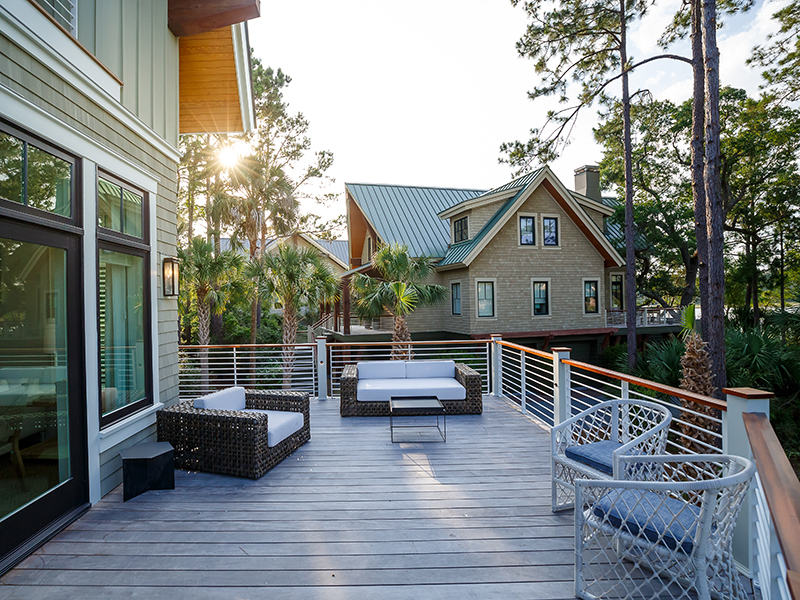
While the bid to offset environmental harm has created a standard for new homes, it can pose a challenge to the owners of existing residences—especially those in the 23 American states who will soon be legally obliged to improve their eco-friendly credentials.
With only one percent of homes in mature neighborhoods currently complying with these standards, the task seems daunting. Yet change is coming regardless, and architects adept at reducing the carbon footprint of older and listed homes are in demand.
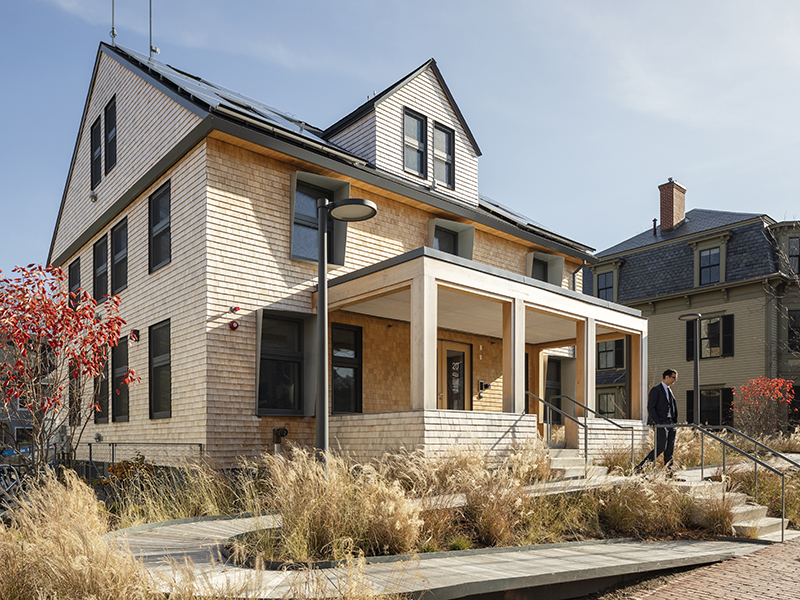
“Switching is not that difficult,” says Kristian Edwards of Snøhetta, award-winning U.S. and Norway-based architects which has led the way in sustainable building. He believes it’s simply a case of making use of the “multiple green technologies that are available, and being prepared to utilize climate resources like sun and wind to a much larger degree.”
Edwards has seen this approach in action—Snøhetta recently retrofitted an almost 100-year-old villa in Cambridge, Massachusetts. Named Harvard HouseZero, the building is now headquarters of the Harvard Center for Green Buildings and Cities at the university’s Graduate School of Design. “The focus of the project was to provide insight into readily available strategies,” he explains. “We believe this could potentially work as a model for four million similarly constructed homes in the U.S.”
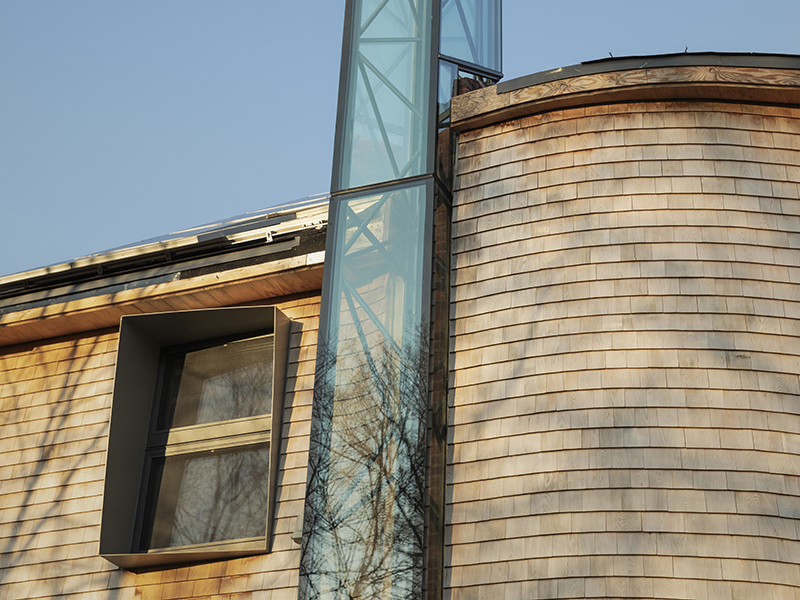
Harvard HouseZero’s prime energy capture device is its striking solar chimney. While something of this scale is perhaps not an option for most homes, there are other solutions—such as ground-sourced heat.
“The key to effective ground-sourced heat is a heat pump, which pushes energy around the house as needed,” says James Cunningham. In the past decade his company, Geo Green Power, has upcycled hundreds of homes in the United Kingdom to carbon-neutral standards by installing systems that draw heat from the air as well as the ground. It has also set up traditional solar panels, which provide energy to drive the pumps as well as lighting homes.
A battery for energy storage is the other major consideration when renovating to go net-zero. Tesla is a name in the game here, powering houses with stored energy as well as electric cars. And the future looks bright, as auto-batteries themselves are expected to evolve into dual-purpose energy storage systems, balancing household electricity and transport needs.
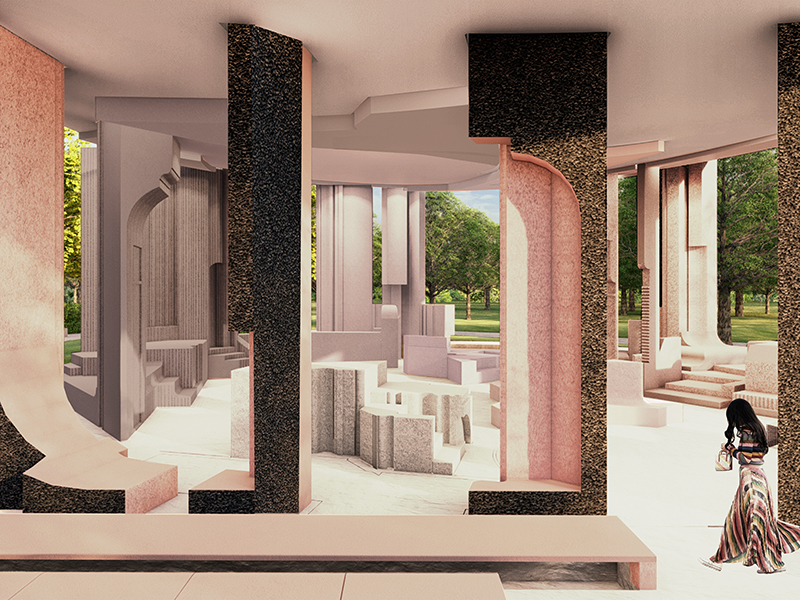
Advances in building materials mean that even the very fabric of a home can be carbon neutral. The biggest breakthrough in recent years is the K-Briq, which uses only 10 percent the energy of a traditional brick to make and is created out of 90 percent construction waste.
Cement giant Cemex has also launched ready-mixed concrete that reduces emissions by 70 percent—offering customers the option to offset the remainder with tree-planting. “We know carbon offsetting is only an interim measure, while we develop technology still in its early stages,” says Andy Spencer, VP Corporate Affairs, Sustainability and ERM for Cemex Europe.
Take it as a sign that sustainable building practices and a green design are putting down firm roots—and are only set to grow.
Banner Image: The eco-friendly houses of Indigo Park are close to the water of Kiawah Island, S.C., and easily fit into the natural surroundings.